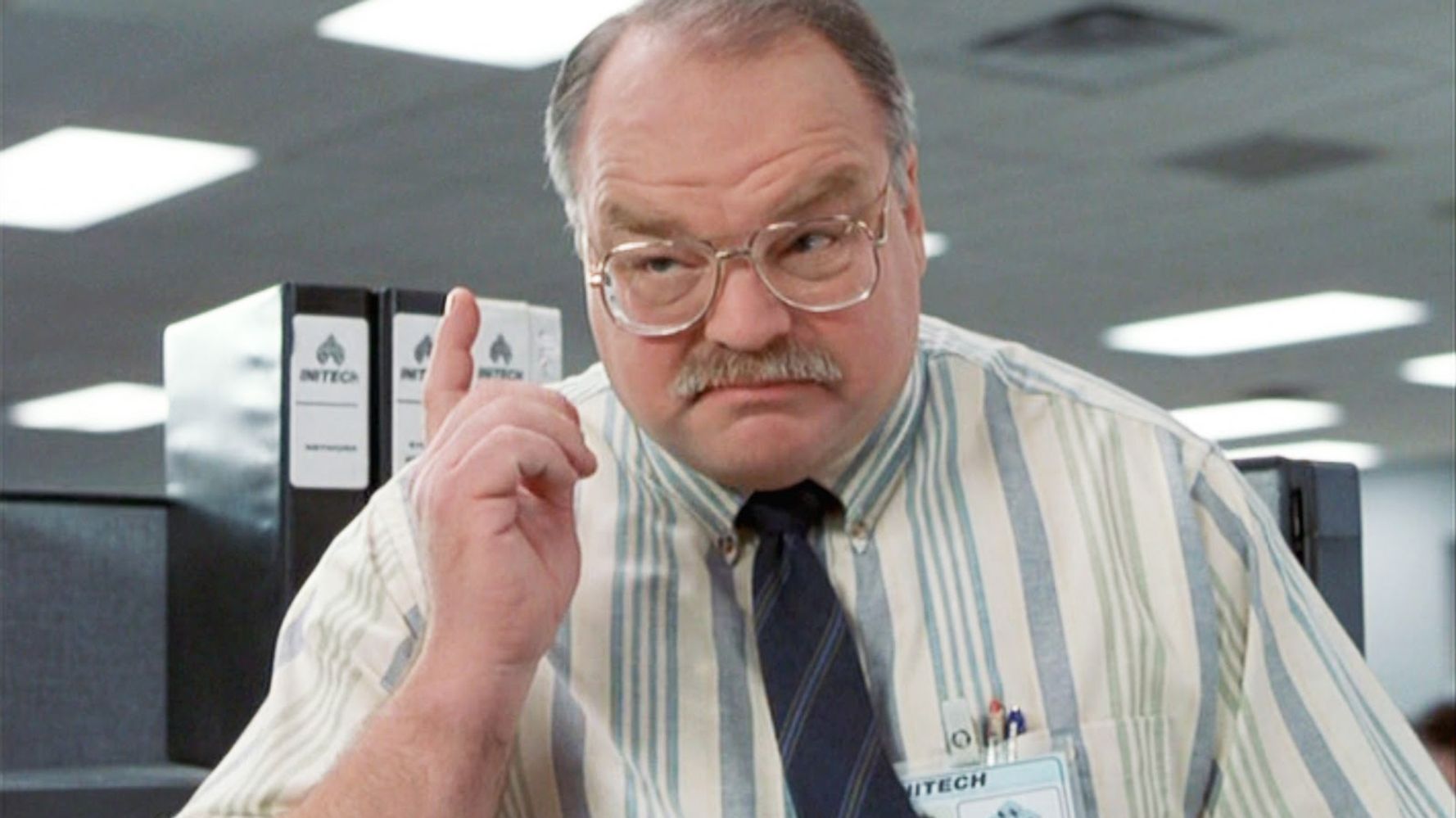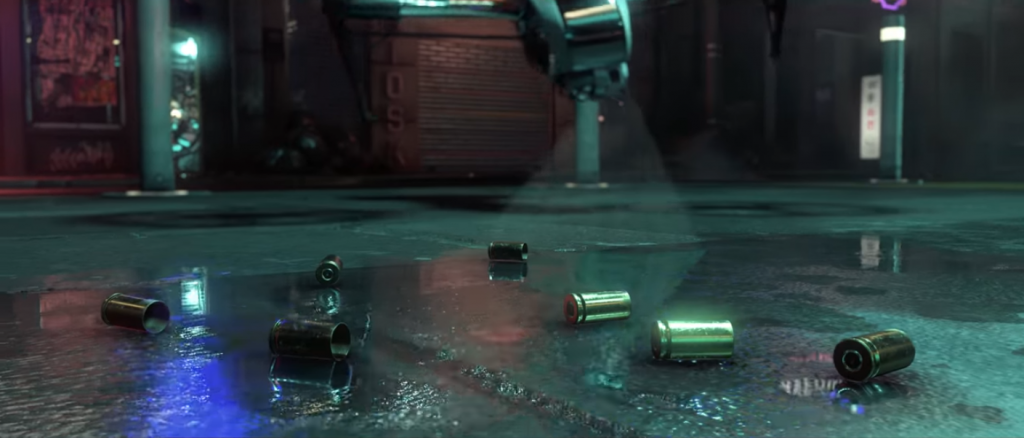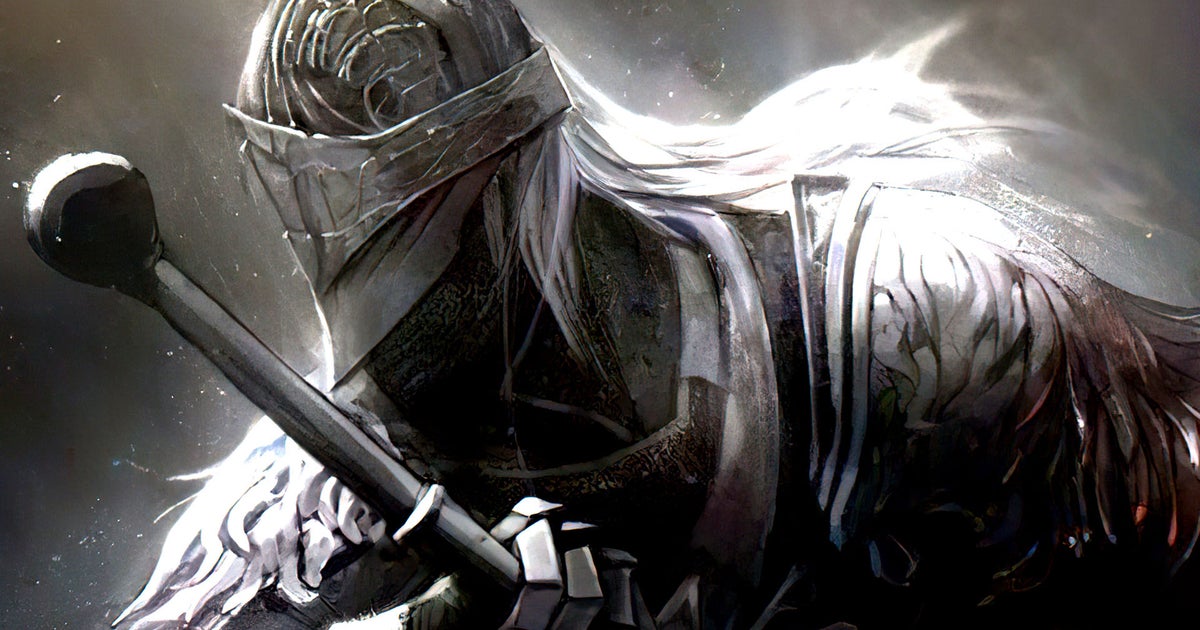BreakAtmo
Moblin
- Pronouns
- He/Him
I mean, good point I suppose but keep in mind pathtracing is unlikely to benefit those two games nearly as much simply because their lightning model was professionally baked from back and forth... And we've surpassed those two games already in more ways than one, so I'm sure the base fidelity to use will be PS5-ish. I'd argue Nintendo already got that Sony-esque game and it's called Xenoblade (storydriven full of epic setpieces and dark themes) but I'm with you that I want another, preferably cartoony photorealistic.
While I do partially want path-tracing for the visual beauty, I do think its main importance is to development times and the amount of work that needs to go into games. So much work and time goes into baked lighting, and IMO that needs to stop as soon as possible.
Pikmin 4 was definitely trying to push the photorealistic visuals as much as possible on Switch hardware, so Pikmin 5 could be one of the games to try to make "Sony-esque" photorealistic visuals on the Switch 2?
I also wouldn't be surprised if the Zelda-team tries something totally different (which is something they regularly do) and leaves the BOTW/TOTK cartoony artstyle and attempts to push the visuals so that they're on par with games like Elden Ring.
I haven't actually played Pikmin 4 yet (or any of the Xenoblade games as I'm waiting for Switch 2 for those), but aren't the main characters extremely cartoony? Though the environmental visuals did seem to look excellent from what I recall, so yeah, I wouldn't be at all shocked to see the next game have some major photorealism in that area. Pikmin 5? More like Pikmin UE5 amirite
I would like to see the next Zelda keep the cartoony style. TOTK with RTGI and other improvements sounds awesome, but they may very well go the route you suggest. I'm interested to see if they can implement freeform destruction.





